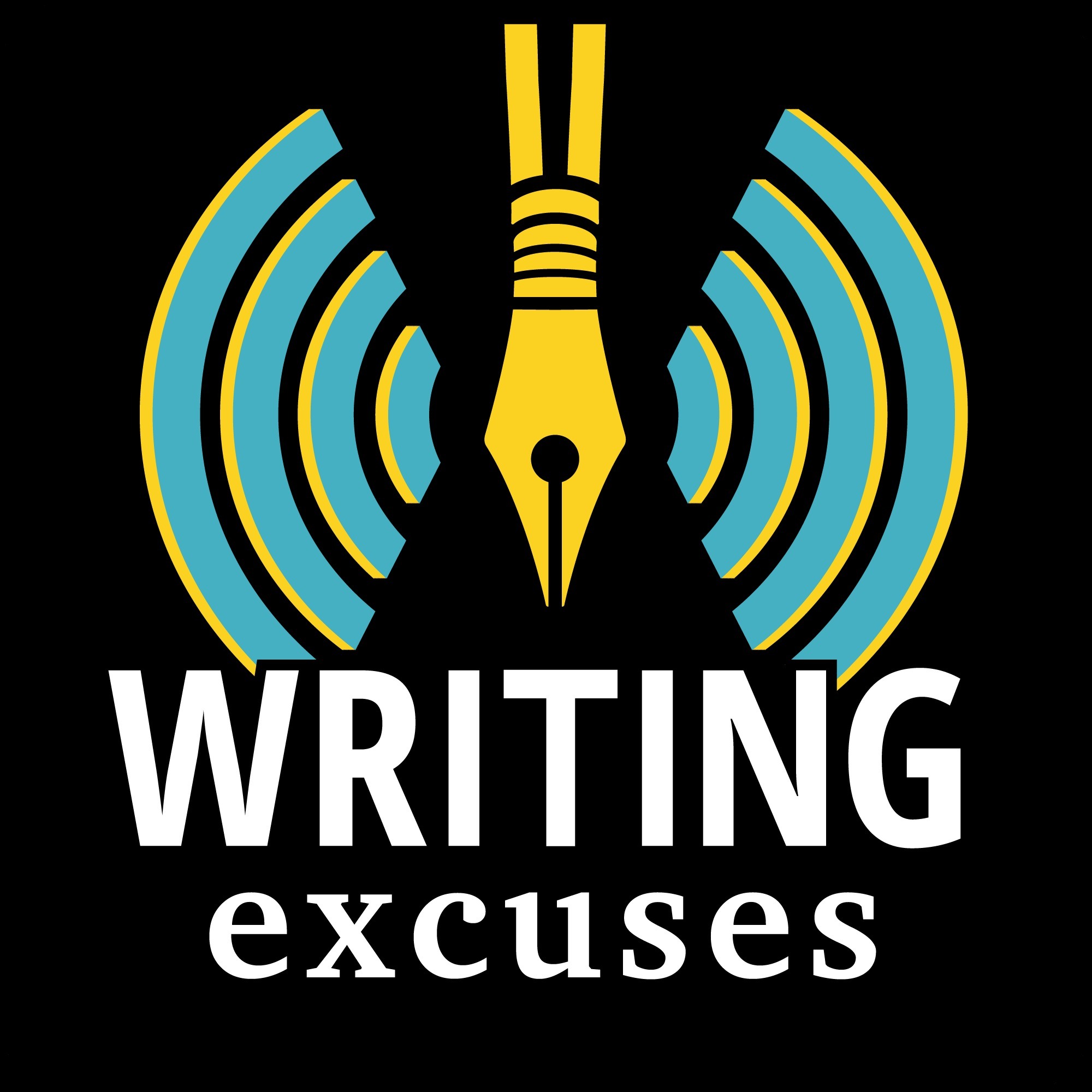Read any book about writing fiction, and it will probably have something to say about conflict. Conflict is the engine that drives characters to action, and it’s the force that drives readers to keep turning pages in order to find out what happens next. When a story lacks forward momentum, or it feels like the characters are being pushed around by the plot rather than pushing their own agendas, I find that it’s often due to a lack of conflict.
Conflict provides two vital services. First, it makes outcomes uncertain. Characters aren’t going to get what they want easily. They’re going to face hardship. The reader doesn’t know what will happen next. Second, it lets the reader gain a stake in the outcome and invest in the story. As social creatures, we naturally form bonds, even with fictional characters. We will latch onto a character and root for them to win. We will worry if it looks like they won’t succeed, and we’ll share in their joy when they do. We will empathize with them.
Mechanics of Conflict
Despite all of the attention conflict gets as a vital component of a story’s plot, the actual mechanics of creating conflict are frequently glossed over. How does an author create conflict and use it to drive the story?
If you do a quick search for “types of conflict,” you’ll see lists of varying sizes. Are there eight types of conflict? Four? Five? This is one of those topics where you can split hairs as much or as little as you like. The categorizations are somewhat arbitrary. For this article, I’m going to discuss three broad types of conflict, and some ways they can be implemented.
- Antagonistic Conflict, or character vs. character
- Internal Conflict, or character vs. self
- Situational Conflict, or character vs. nature/fate/God
Antagonistic conflict is when characters conflict with one another. As the name suggests, this often takes the form of a protagonist and an antagonist. This form of conflict has the advantage that the conflict is fully embodied in the characters. Many readers love a villain they can root against as much as they want a hero they can root for.
Internal conflict is when a character is uncertain or conflicted about what to think, say, or do. This can be more challenging to depict in a dramatic way, since the conflict is really inside the character’s head. The inner conflict often needs to be “externalized” as dialogue or action to really be understandable and compelling.
Situational conflict provides some external force for the character to fight against. The danger with this type of conflict is that the force is too amorphous or lacks the personality of an antagonist. Some authors would suggest that the situation or force is an antagonist, but I personally don’t feel obligated to personify something like a natural disaster.
It’s important to understand that these different types of conflicts can and do overlap. A character may have the situational conflict of being in prison for a crime they didn’t commit, overlapping antagonistic conflicts with the warden, guards, or other inmates.
Examples
From these three types of conflict, let’s dig down into some common examples. Try to correlate these examples to some experience you’ve had in your own life. We may not encounter such extreme conflicts as we see sometimes in fiction, but we all experience challenges. It’s often easier to understand and write these situations by relating our own, everyday conflicts to those of our characters.
Character wants or needs something that’s hard to get.
I like to think of this as a sort of default conflict for any character. We all have things we want and need, and some of those desires will be unfulfilled. Goals are simply wanting something and taking action to get it.
This basic conflict could describe a heist to steal some valuable artifact, or a romance where one character seeks to win over another.
Several characters want something they can’t all have.
This is almost always antagonistic conflict, pitting characters against one another for something each one wants. It can sometimes be connected to an internal conflict, where one of the characters decides that they don’t actually want to compete for a shallow goal, and turns to a more deeply fulfilling goal.
Examples of this are coworkers competing for a promotion, or a love triangle where two characters compete for the affection of a third. It could also take the form of a Hunger Games-style battle for survival.
Character wants two incompatible things.
This is usually an internal conflict. The character has two or more mutually exclusive desires. Usually this comes down to a choice, where the character has to pick one thing and let go of the others. Sometimes it may turn out to be a false dichotomy, and they manage to figure out a way to get everything. It might put the character in a position where their survival depends on violating their moral convictions or beliefs. They can stay true to themselves to the bitter end, or give something up to fight another day.
Examples include the workaholic who has to decide between wealth and success in business and a fulfilling family life; or a teen whose divorced parents move apart figuratively and literally, leaving her wondering where and how to live her life.
Character’s core belief is challenged.
This is often situational and internal conflict. An event or situation forces the character to rethink something vital to their personality.
The classic example of this is the priest who has a crisis of faith. It could also be the hotshot surgeon who gives up medicine after an important surgery goes awry. It might even be the parent whose child commits some offense that puts them at odds with the rest of the family.
Characters with incompatible personalities are forced to work together.
This tends to be mostly antagonistic, as different personalities butt heads, but you may also have situational elements pushing together people who would otherwise stay far away from each other.
This style of conflict is the basis for some classic genres like the buddy cop story, and many romantic comedies where the couple hate each others’ guts…right up until they don’t.
And many more…
These are just a few patterns of conflict. To discover more, a good exercise is to go through some of your favorite books, movies and TV shows, and try to briefly summarize every conflict you can spot.
Driving the Story
We’ve covered these three types of conflict — antagonistic, internal, and situational. We’ve skimmed the surface of how they can be deployed among characters. What good is it? If conflict is a tool, what do we want to achieve with it?
Conflict springs from the wants and needs of characters. It drives them to action, advancing the plot. It keeps the reader invested and gives them a means to measure the success or failure of the characters.
A short story may only have a single conflict that drives it, but longer forms tend to deploy multiple conflicts throughout the story. A series of conflicts may be chained together sequentially, but they can also overlap across different time scales.
In The Lord of the Rings, the ultimate conflict is the Fellowship and their allies against Sauron and his armies. They need to destroy the Ring of Power before Sauron’s forces march across Middle-Earth.
Within that vast conflict, there are dozens of smaller conflicts that play out within and across chapters. The hobbits hiding from the Black Riders on the road to Bree. The battles for Helm’s Deep and Gondor. The interplay of Sam, Frodo, and Gollum as Sam tries to protect his master, Frodo tries to reform Gollum, and Gollum schemes to steal the ring for himself.
Similarly, if you look at most modern episodic TV dramas, you’ll see some ongoing conflicts, perhaps across the entire run of the show. Then there will be smaller conflicts in each episode, across multiple episodes, and perhaps from season to season.
Chaining and overlapping conflicts in this way provides multiple threads to pull the reader along. Resolving smaller conflicts is also satisfying. There is a sense of closure, and of the story moving forward.
Resolving conflicts is also a central part of character arcs. An arc just tracks how a character changes over time, and resolving conflict inevitably makes characters change. If the character got what they wanted, then they’re no longer motivated to chase that thing. Perhaps they’ll pick a new goal. Similarly, if they failed in their quest, that will change their behavior. They might seek revenge, or turn toward a new goal.
The end of a conflict also often marks the end of a character’s involvement in a story. A beaten antagonist may be dead or irrelevant. A character who resolved their inner conflict may no longer be interesting for the plot to follow.
It’s also informative to look at where conflicts get resolved, and where new conflicts are created or ramped up. Looking at the example of buddy cop movies, you’ll often see that the conflict between cops is resolved just in time for them to work together to stop the real big antagonist. In those romantic comedies, the two leads frequently realize their true love around the end of Act II, only to have some additional complication come between them, providing the conflict to finish off the story.
Writing With Conflict
The next time you write a story, try doing a pass through it and noting all of the conflicts, the characters involved, and their resolutions. Look for chapters that feel weak, or characters that lack motivation. Is there enough conflict, and is it pushing the characters in the right directions? Is it resolved in a satisfying way? Does new conflict pick up the slack when other conflicts end?
Conflict is the engine that pushes a story forward. By evaluating stories as a series of conflicts, you’ll gain an amazing set of tools for creating action, suspense, and excitement.











